We may receive a commission when you use our affiliate links. However, this does not impact our recommendations.
As I mentioned in a previous post, I had good woodworking skills 40 years ago when I started doing furniture restoration, including furniture repair. But repairing furniture is different than making it. So how did I learn good repair skills? I learned them from a number of excellent books, which showed me good practices for making broken down furniture strong again.
The books I found most helpful were from England, or at least, written by Englishmen. One thing they all had in common was that they used animal hide glue, especially when regluing anything that had been glued originally with hide glue (which I will describe in future postings).
I’ve become such a fan of using hide glue when working on very old furniture that I now judge a book or article on furniture restoration by whether or not the author uses hide glue. If he or she doesn’t, I don’t pay much attention to the author. I especially reject anyone who uses modern adhesives such as epoxy, gorilla glue, cyanoacrylate (super) glue, plastic-resin glue, and the like because they are irreversible.
I feel the same way about professional restoration shops.
So here are the books I’ve found most useful. Unfortunately, none are still in print, so you’ll have to find them on the used-book market.
The best book in my opinion is “Repairing and Restoring Antique Furniture” by John Rodd (shown above). The book was first published in 1954 and reissued in 1976, fortunate for me because that was the year I opened my shop. Rodd was an Englishman, trained in England, but working on Vancouver Island in Canada when he wrote the book.
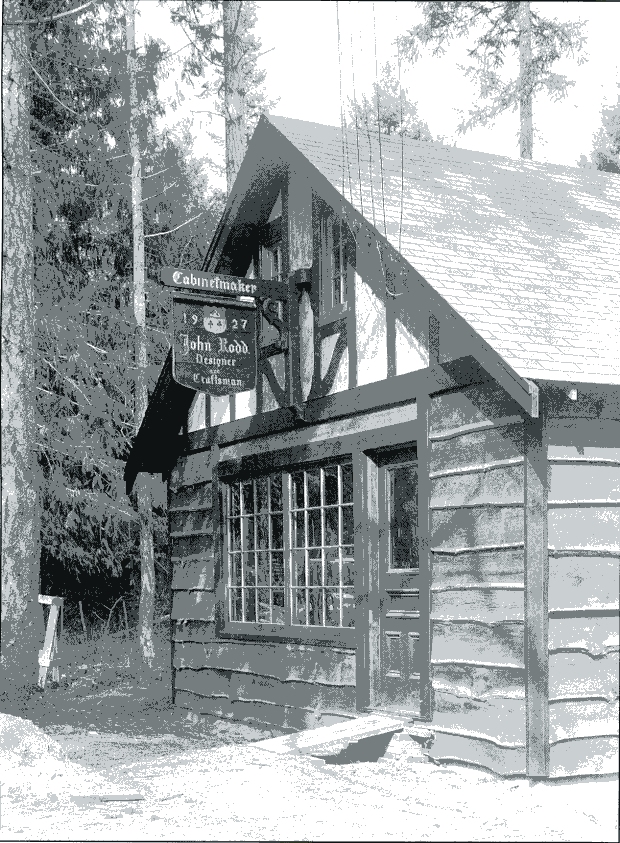
Here’s a picture of Rodd’s shop.
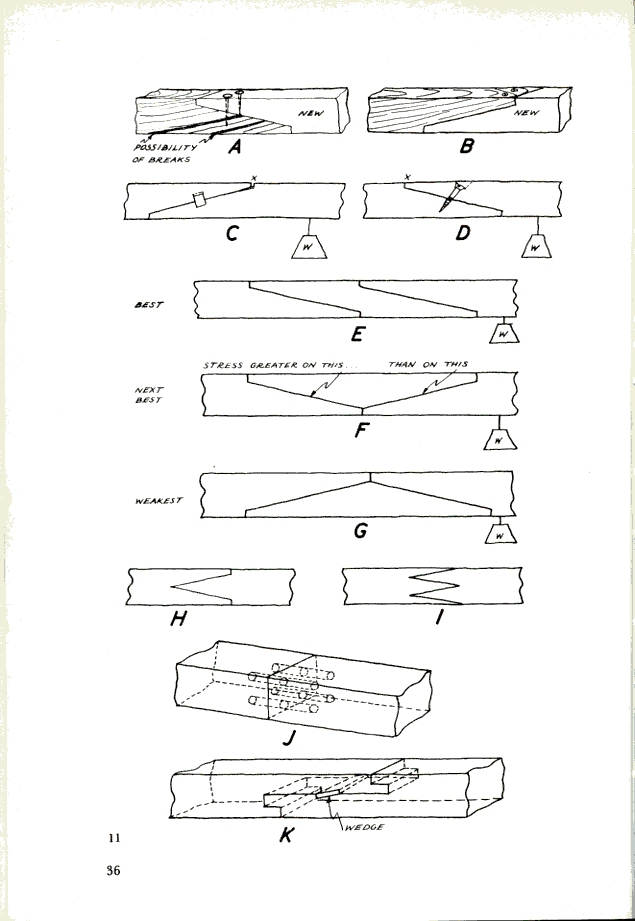
Here is a page from the book showing drawings of scarf joints that are described in the text.
Rodd’s book was then “revised” and “re-illustrated” in 1995 by V. J. Taylor. I can’t find any revisions (it’s the same as Rodd’s original text), but the illustrations are redrawn, though I like Rodd’s better. The reissue under Taylor’s name does give you a better chance of finding a used copy, however.
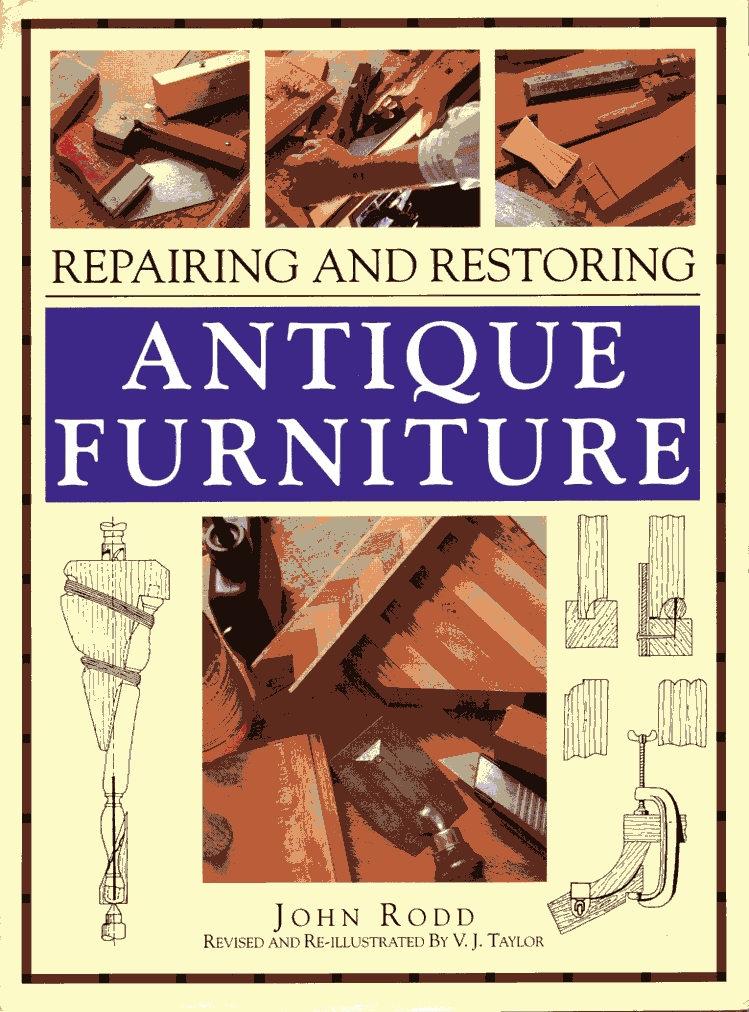
Here is the cover of Taylor’s revision.
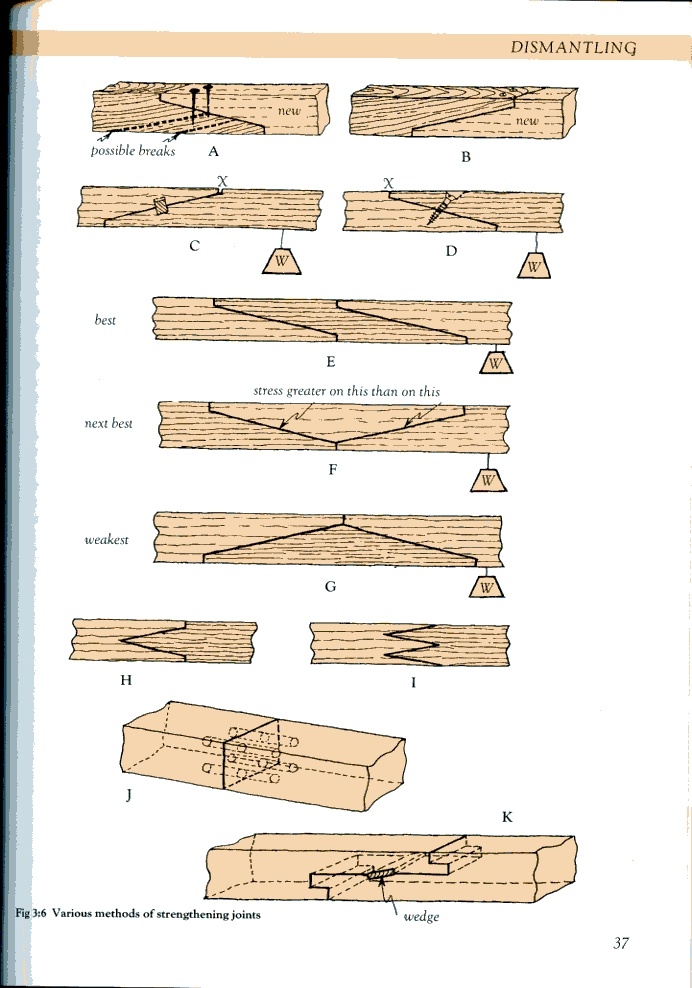
Here is the same page as Rodd’s original showing Taylor’s redrawings of scarf joints.
The next most helpful book, in my opinion, is “Antique Furniture Repairs” by Charles H. Hayward, published in 1976. Hayward is such a prolific writer, something like 25 books on all sorts of subjects dealing with antiques, woodworking and finishing, that I have to think he was primarily a writer. Nevertheless, all his books that I’m familiar with are excellent.
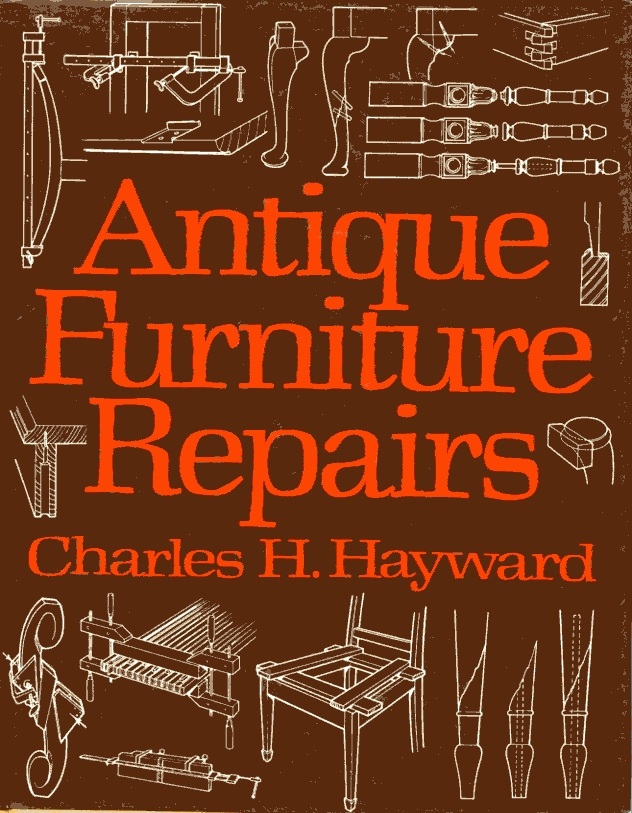
The cover of Charles Hayward’s book.
Addressing problems peculiar to French furniture with some wonderful sections on veneer repair is “The Restorer’s Handbook” of Furniture by Daniel Alcouffe, published in 1977.
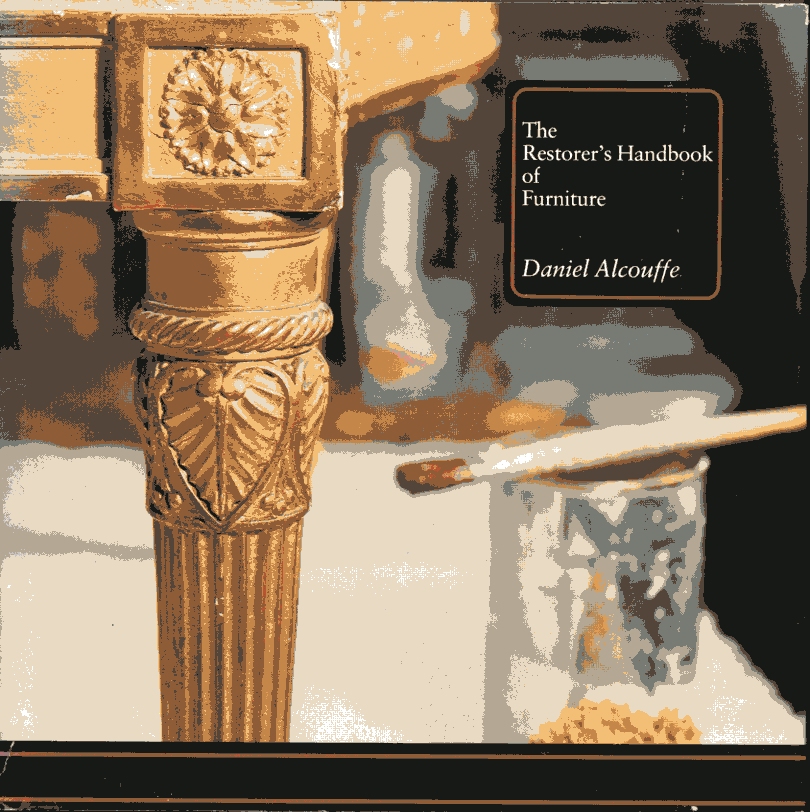
The cover of Daniel Alcouffe’s book.
Another book I found helpful was “Restoring and Renovating Antique” Furniture by Tom Rowland, also published in 1976. There must have been something in the air in 1976, either that or a number of publishers got word that I was in the market.
 A book I enjoyed reading that was more philosophical than problem solving was “Restoring Antique Furniture” by Leslie Wenn. It was originally published in England in 1974, then in the U.S. in 1975 and 1976.
A book I enjoyed reading that was more philosophical than problem solving was “Restoring Antique Furniture” by Leslie Wenn. It was originally published in England in 1974, then in the U.S. in 1975 and 1976.
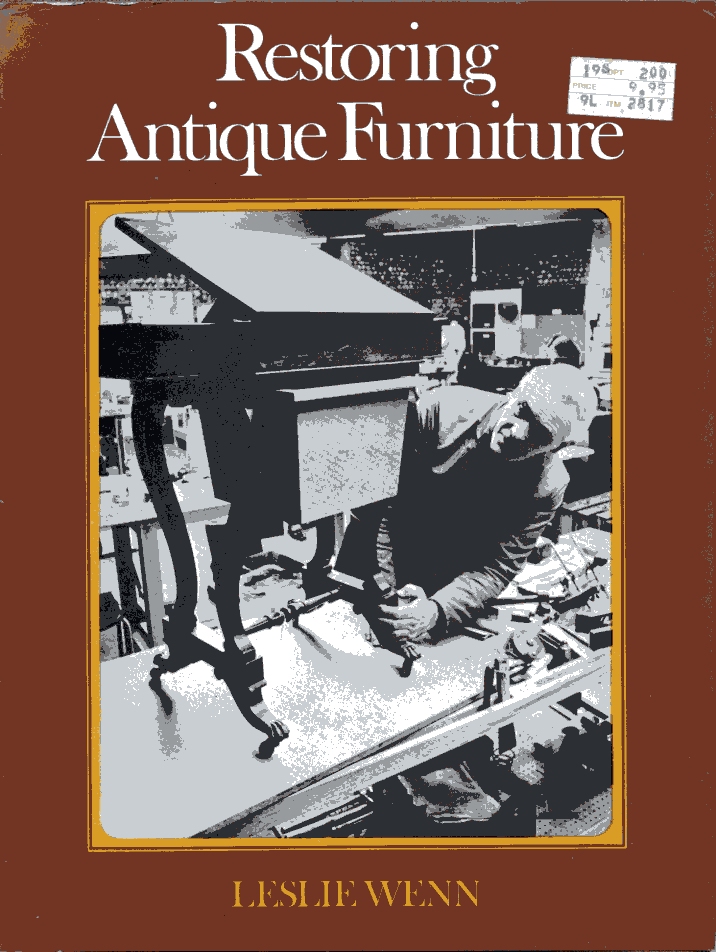
The cover of Leslie Wenn’s book.
So, am I being fair citing only these old out-of-print books and no current books? Well, I have continued buying books and haven’t found any as good as, or better than, these. One I should mention is “Discovering and Restoring Antique Furniture” by Michael Bennett. It was first published in England in 1990 and does meet the test of using hide glue (which, by the way, is also called Scotch glue in England). Unfortunately, it is also out of print.
But if you’re interested in having good repair techniques combined with finding antique furniture (English, of course) and refinishing the furniture, this book does that.
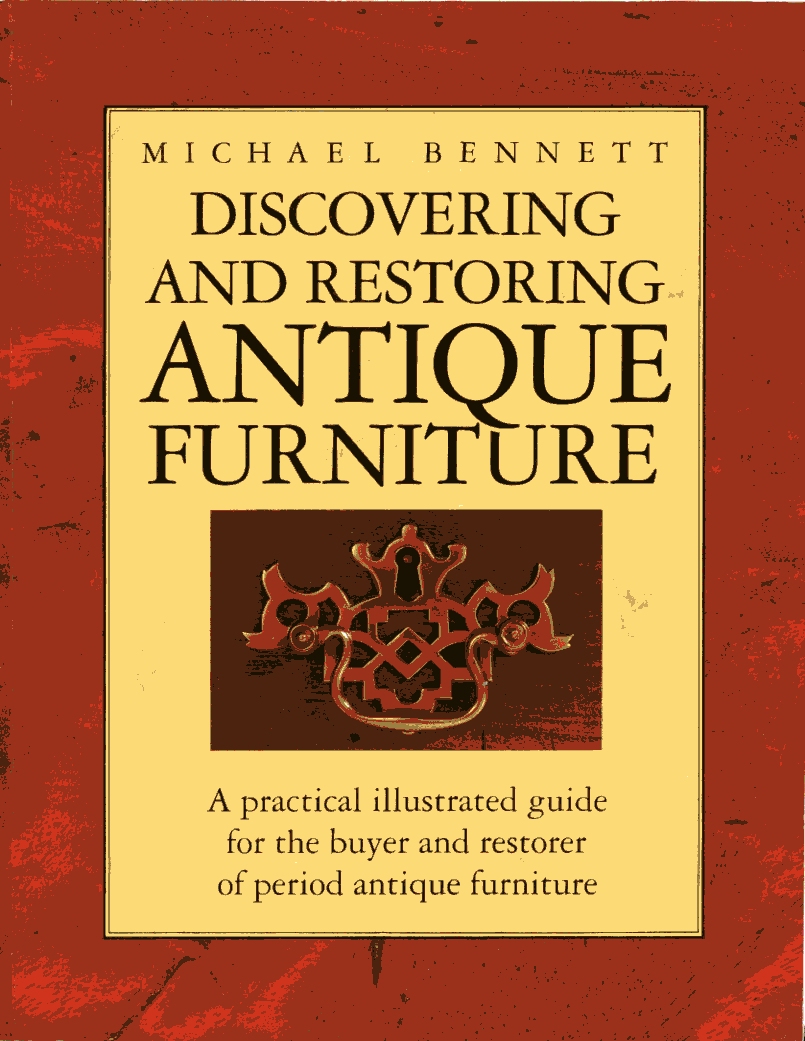
The cover of Michael Bennett’s book.
— Bob Flexner
Here are some supplies and tools we find essential in our everyday work around the shop. We may receive a commission from sales referred by our links; however, we have carefully selected these products for their usefulness and quality.



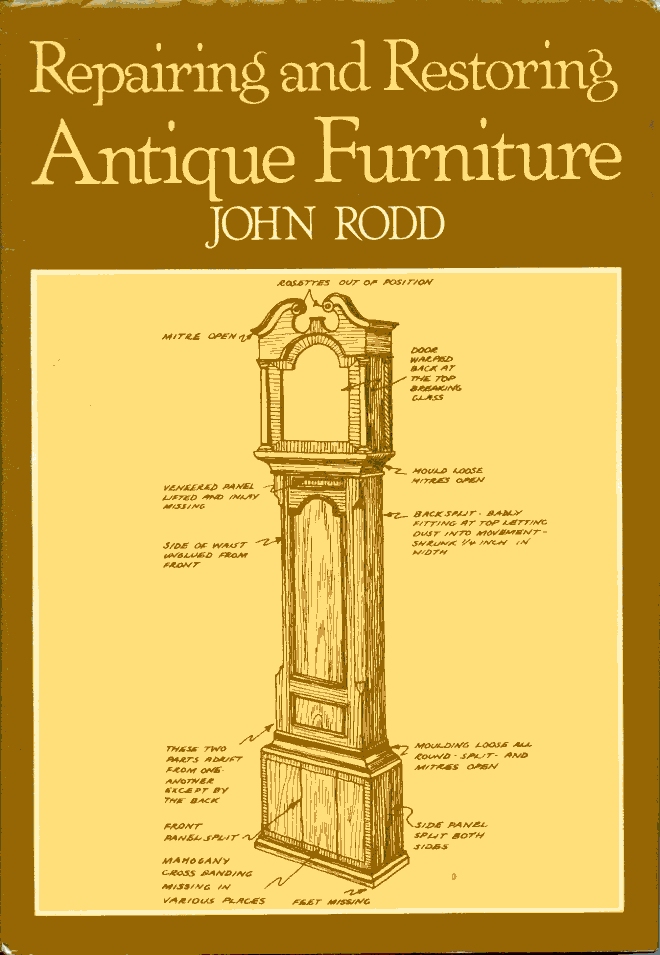







For those looking for Rudd’s original book, I purchased a used copy through Amazon that is in perfect condition. It was advertised as the revised edition, but is in fact the 1976 reissue. $2.99 plus $3.99 shipping. There are copies to be found.
Thank you for your confidence. I was actually hired about 20 years ago to write a book on repairing furniture. It was a few years after writing the first edition of Understanding Wood Finishing in 1993 for Rodale Press. Rodale wanted me to write a book on repairing furniture and I started it. I finished writing three chapters and was getting discouraged because every situation is different. There are just too many variables. How was I going to cover all of them? So when Rodale decided to sell all their woodworking publications, including American Woodworker, to Reader’s Digest, I believe in 1997, I was actually happy to see the project end.
Sounds like you have an “opportunity”. 🙂